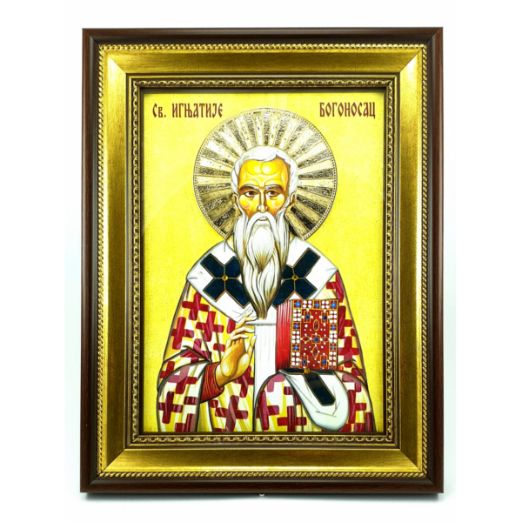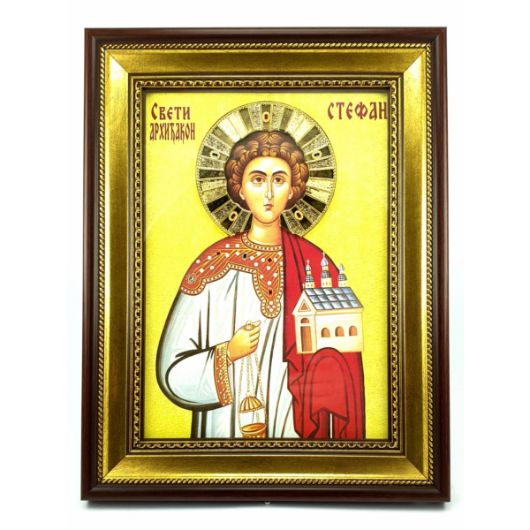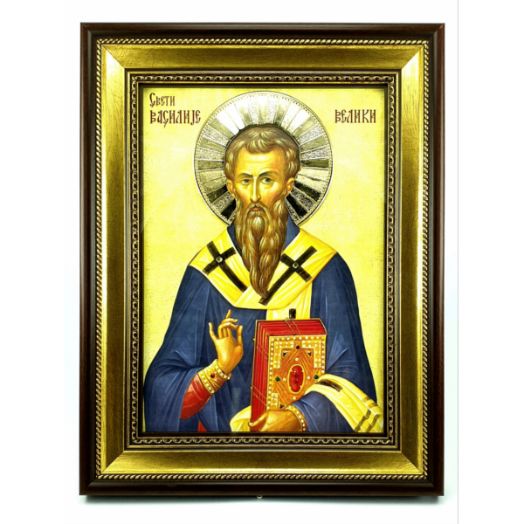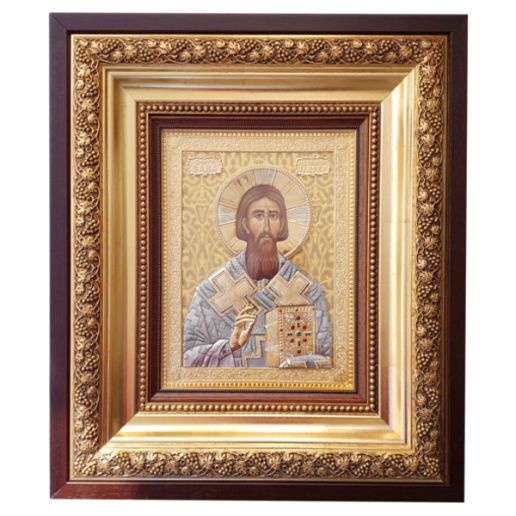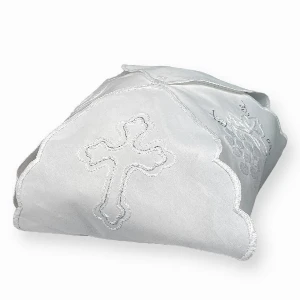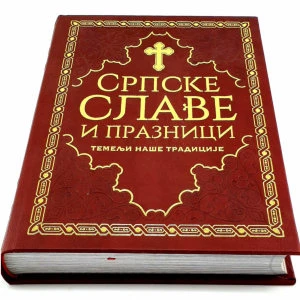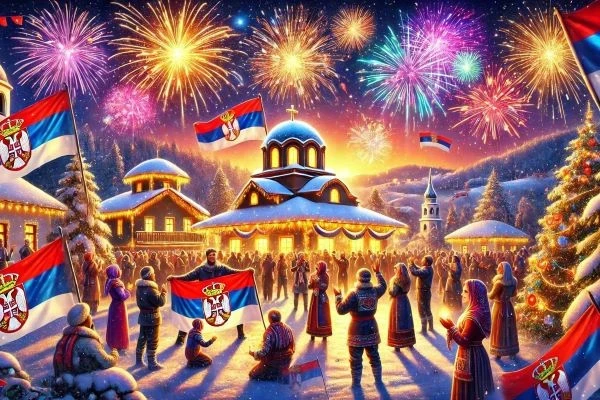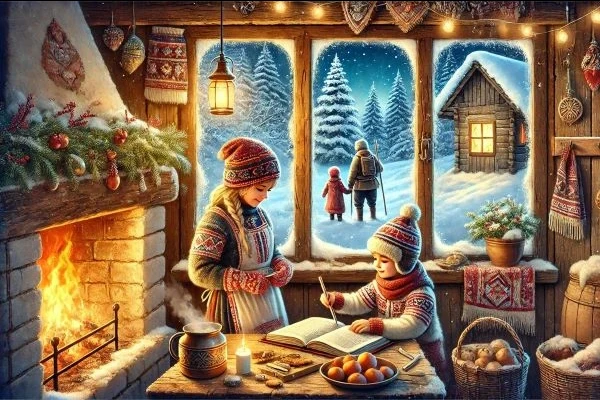- Home
- Blog
- Saint Patron Day
- SERBIAN SLAVA IN JANUARY
SERBIAN SLAVA IN JANUARY
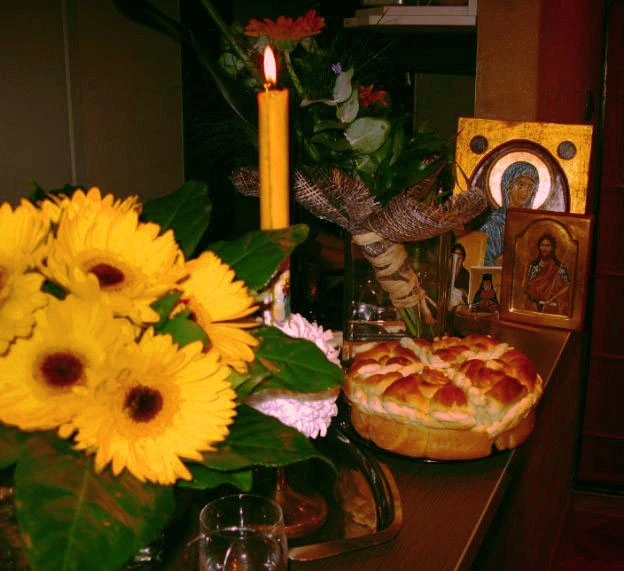
Serbs perceive slava as a way of expressing their national identity and they are the bearers of this tradition, but the Orthodox Christian families of some other ethnic communities in Serbia also practice the celebration of the family patron saint.
And just as the old year ends solemnly and with gratitude to the saints, in the same spirit, with joy and faith, the Serbian people enter the New Year. Thus, in January, in addition to Christmas and the Serbian New Year, slava feast follow, so January is a real festive month.
JANUARY 2nd – SAINT IGNATIUS OF ANTIOCH
At the very beginning of the New Year, on January 2nd, we celebrate Saint Ignatius the Godbearer (or Saint Ignatius of Antioch), who "always bore the name of the living God in his heart and on his lips", and who "as a child, Jesus held him in his arms".
Emperor Trajan, passing through Antioch in the war campaign against Persia, heard about Saint Ignatius and tried to turn him away from the faith with advice and threats, even by offering the title of senator. When he failed, he ordered that he be sent chained to Rome and thrown into the arena in front of the beasts.
The saint spent the difficult journey from Antioch to Rome in prayer and desire to suffer for the Lord. The lions tore him apart in the Roman arena in 106.
According to the legend, no hard work is done on that day, especially for women, such as spinning, weaving, sewing. In some places, a cake is kneaded and distributed to children, but first they are pulled by the ear to grow as much as possible in the New Year.
January 9th - SAINT STEPHEN
Saint Stephen is the first Christian who suffered for the Lord and that is why he is called the First Martyr. The cult of this saint is very developed among the Serbian people and over 40 temples with his name have been built.
This slava is jokingly said to be celebrated by the stingy, because the fed guests, after the Christmas celebration, can hardly eat or drink much. One of the customs of this day is to go from house to house and myrrh, use the opportunity to greet and kiss the quarrel, and thus reconcile.
"Because this is a day of general reconciliation and forgiveness."
The most common custom associated with this day is to take Christmas straw out of the house on that day. Carefully swept, the straw was not thrown away, because it was believed in its fruitful power, so it was placed to encourage fruitfulness and progress, in the branches of fruit trees, in the apiary or outbuildings.
Saint Stephen was inspired by the power of the Holy Spirit, as were the twelve great apostles. His good deeds, helping people, as well as the miracles he performed are mentioned in the Bible.
January 14th - SAINT BASIL OF OSTROG
This is one of the most respected saints in all of Christianity, who is believed to be a miracle worker and to have healed many. Known as Saint Basil the Wonderworker of Ostrog, he was born as Stojan Jovanović in the village of Mrkonjići, Popovo polje, near Trebinje in Herzegovina, according to tradition
December 28, 1610, in a God-fearing family of Herzegovinian peasants. His life was in constant danger from the Turks. However, he arrived wherever the tasks of his archbishopric service led him, from Mostar, Trebinje, Bileća and Herceg Novi to Pljevlja, Morača, Onogost and Bjelopavlić.
His relics and his grave are kept in the monastery in Ostrog to this day. Christians and Muslims alike believe in their power of healing and consolation. In Ostrog, a great National Assembly is held every year on Trinity Day.
The miracle and proof of the sanctity of Saint Basil is the miraculous power of his incorruptible body. He, who in his earthly life looked more like an angel than a man, raised his spirit to the throne of God, and immortalized his body.
Saint Basil of Ostrog is the only holiday without any customs, so it is said that believers should only pray to the saint with faith and from the heart - that is enough for great miracles.
January 27th - SAINT SAVA
The youngest son of Stefan Nemanja, Rastko, ie Saint Sava, is certainly one of the most important figures in Serbian history and enlightenment. Descriptions of contemporaries and writers close to his time portray him as a man of "extraordinary energy, higher intellectual abilities, persistent will and timid nature."
The Serbian Orthodox Church celebrates Sava as a saint on January 27, according to the Gregorian calendar.
The Saint Sava slava, Savindan, is celebrated as a school slava in all schools in Serbia and Republika Srpska. The burning of the relics of Saint Sava is also marked.
The cult of Saint Sava, which developed among the people after the transfer of his relics from Bulgaria to the Milesevo monastery, was so strong that it led to the Turks starting to be christening over his relics. For that reason, the relics of Saint Sava were burned in Vracar.
However, the deeply rooted image of this saint in the people did not fade. Many beliefs and traditions were tied to him. He was not only, as Cajkanovic says, our most national saint, but he was much more than that. Namely, the characteristics of many other saints were built into his character.
SERBIANSHOP, as always, took care to provide the admirers of this exceptional person, saint and educator, with original handicrafts, made in an art workshop - a monument to the statue of Saint Sava. And there is also a hanging cresset with gilding, candlesticks and numerous items that will complete and beautify the holidays.
Visit the SERBIANSHOP ONLINE STORE, because of all the above and much more!
Related products
Read also
Who was Saint Sava and what was his contribution?
"Saint Sava: A Beloved Serbian Saint with a Rich Legacy and Cultural Significance"
…Serbian New Year: Tradition, Customs and How to Celebrate it
The Serbian New Year, also known as the Orthodox New Year, is celebrated on…
Gifts Inspired by Serbian Culture: Authentic Ideas for the Holidays
The holidays are a time of giving, and finding the perfect gift is often a challenge.…
Traditional Serbian Christmas Customs: How to Cultivate Them in Modern Times?
Christmas is the most joyous holiday in Orthodox Christianity, a time when families…
How to Bring the Spirit of Orthodox Tradition into Your Home This Winter?
Winter is the perfect time to bring warmth, togetherness and the spirit of Orthodox…
Serbian Souvenirs: Perfect New Year's Gifts for All Tastes
New Year is the time of giving, and what is more beautiful than a gift that…
How to stay productive and not waste an entire day on Black Friday shopping
Black Friday is a day full of amazing discounts, but it can easily become exhausting…
Folk Beliefs and Customs for Saint Aranđel - Assembly of Holy Angels
Saint Michael the Archangel, who is celebrated…
Folk Beliefs and Customs for Đurđić - Glory of St. George
Đurđić, the feast of St. George, celebrated on November 16, is one of the most…
Smart shopper's guide: How to make the most of Black Friday
Black Friday is the most famous shopping event of the year that offers huge…
The history of Black Friday: How it all began and why it continues
Black Friday, known as the biggest discount day of the year, today attracts…
Gifts for Children in the Diaspora: How to Nurture the Connection with the Language, Culture and Tradition of Serbia
Children who grow up in the diaspora face specific challenges - they lose contact…

Apply for newsletter
Sign up for the Serbianshop newsletter and get a 10% discount.


